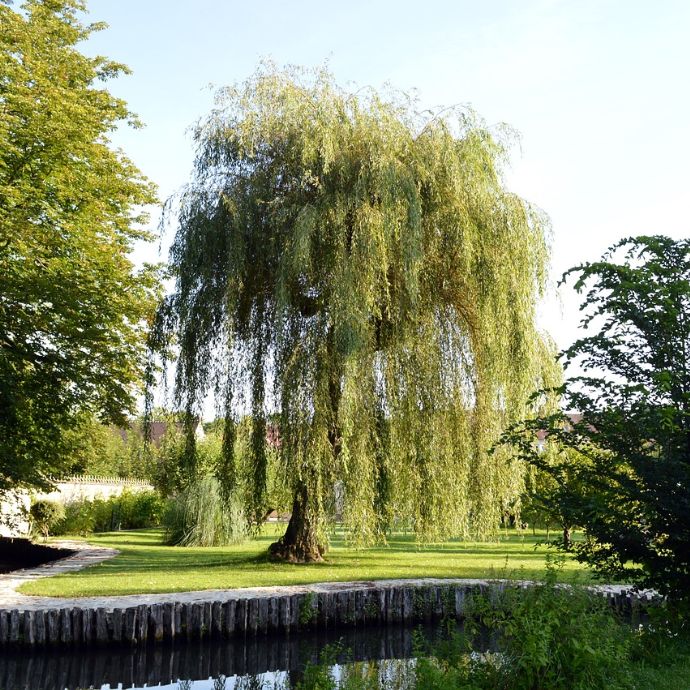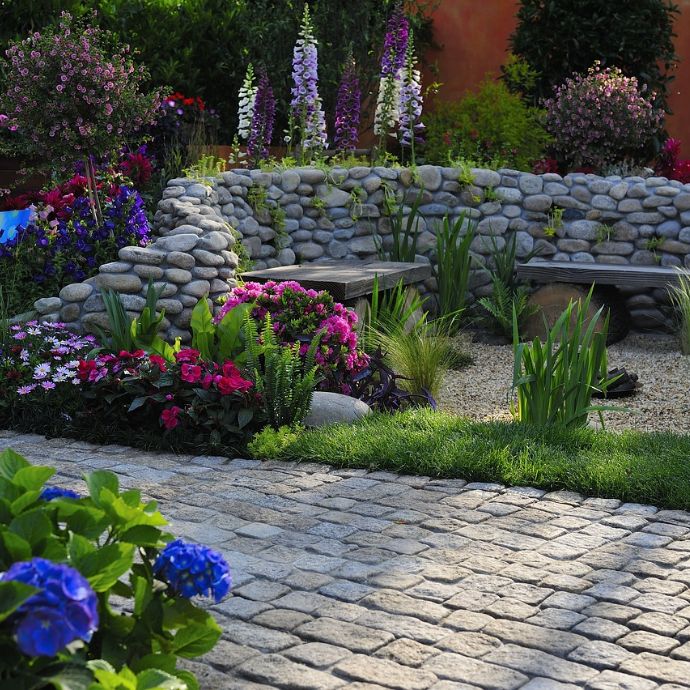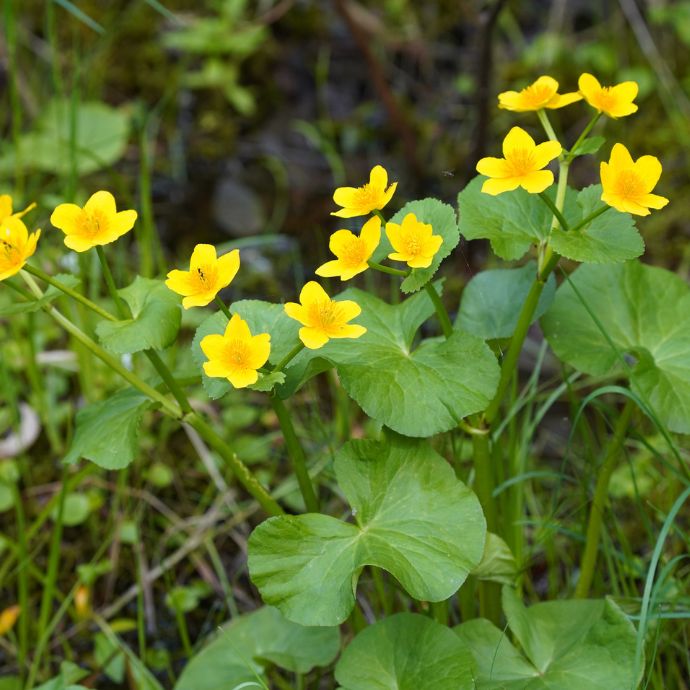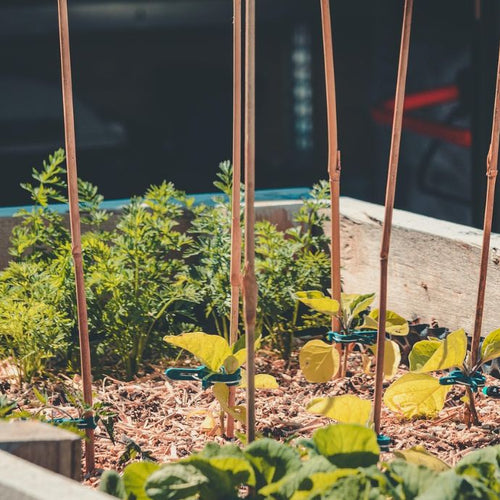Advice & Inspiration
Pruning Lavender: UK Grower’s Guide
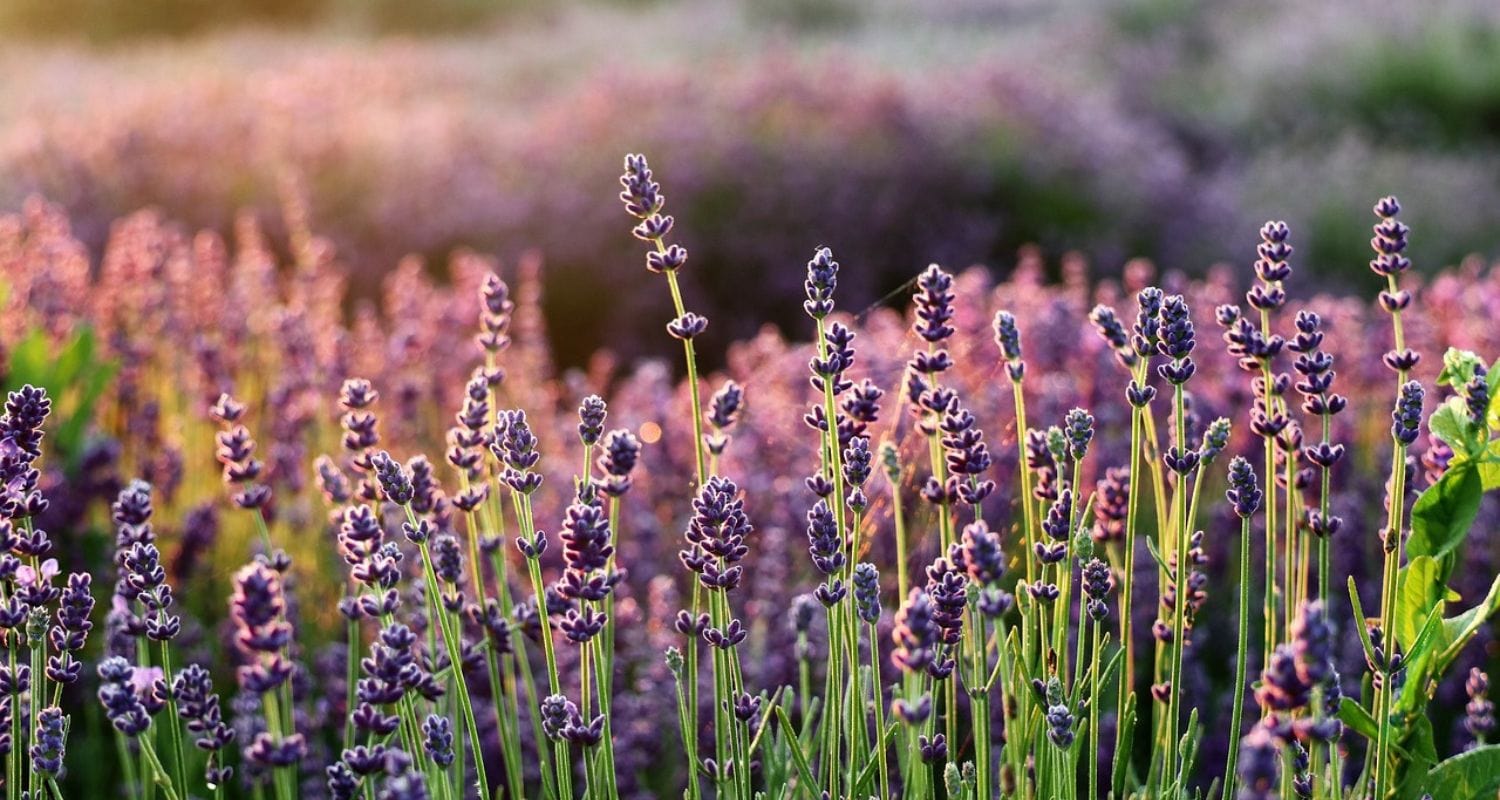
Ah… Lovely, lovely lavender – the iconic herbaceous perennial which oozes charm and stately character from every pretty pore. Found yourself planning a cottage garden without lavender? Forget about it! Considering a contemporary courtyard sans its sumptuous scent? Whaddaya doing?! With its unmistakable lilac flower spikes and alluring silvery green foliage, it’s no wonder that this Mediterranean native has taken such a hold of our collective gardening hearts.
But like many plants, lavender requires a bit of TLC every now and again, and in this case, we’re talking about the snip (no, not that one). Pruning. In this guide, we’ll take you through everything you need to know about pruning lavender, so that you can keep your plant happy, healthy and looking good, year after year.
Jump to:
- Why you should prune lavender
- Which lavenders need pruning?
- How to prune lavender
- When to prune lavender
- What to do with lavender cuttings
- Propagating lavender from cuttings
Why pruning lavender is important
Let’s be real, pruning is hardly anybody’s favourite part of gardening, but it’s a critical one, nonetheless. And lavender is no exception. A properly pruned and well looked after lavender will continue to flower for a long, long time – we’re talking a couple of decades – and look nicer, too. A lavender that’s poorly pruned or left entirely unpruned, by contrast, can quickly become leggy and woody, and end up producing fewer flowers. Limp lavenders, anybody? We thought not…
Tip from grower Jack: “It’s incredibly important to prune your lavenders yearly to keep them in nice shape and producing fresh, aromatic foliage every year. Further, you should prune spent flowers (deadhead) as this encourages an additional flush, especially on varieties like Hidcote Improved.”

Which lavenders need pruning?
All types of lavender (English, French, Spanish, Portuguese, Lavandin, etc.) need pruning, however English lavenders (which are also typically the hardiest) generally require the most trimming given how woody they’re prone to becoming (if you let them). Because French and Spanish lavenders aren’t as hardy, they need a bit of a softer touch and less vigorous pruning than their English cousins.

How to prune lavender
To prune lavender, take your (clean) pruning shears or secateurs and trim away the old flower stalks and foliage.
Conventional wisdom says that you shouldn’t cut into the woody lavender stems, instead trimming the flowered shoots and foliage to about a third of the way into the plant, making sure to cut directly above leaf nodes where possible (this encourages a nice and compact habit). Overall, your aim should be to trim your lavender to a neat mound or dome shape.
Interestingly – as our grower Jack will attest to below – the traditional “don’t cut into the wood” guidance has been questioned in recent times…
What Jack had to say: “When pruning, the old advice is to never cut into the dead wood – this is a rule of thumb but it’s becoming a bit of an old wives’ tale; I’ve cut into the woody stems of lavender before and had great success in re-growth.”

When to cut back lavender in the UK
Pruning lavender in late summer
The best time to heavily prune lavender, that’s to say, giving it more than just some light deadheading, is in late summer or autumn, once the plant has finished flowering for the year.
Pruning lavender in spring
A second round of pruning (or first if you didn’t manage to give your plant a clip before the first frost) in the springtime, with a particular focus on trimming the foliage, helps keep your plant in good shape and encourages greater growth.
More from Jack: “Prune flowers as and when they’ve finished, remove as many of the flower stems as possible as this helps to encourage further flowers. You can prune lavenders right up until the end of October, but make sure to have finished pruning long before the frosts of winter descend. Lastly, never cut in wet weather – lavenders don’t take kindly to being trimmed in the rain.”

What to do with lavender cuttings
So, you’ve pruned your lavender. Now what? Sure, you could put the trimmings into your garden waste bin ready for council collection… Or you could do something a bit more fun. Like making bubbly bath bombs, for instance, using homemade lavender oil, or creating your very own lavender pillow to help you drift off at night.
Alternatively, you can propagate new lavender plants using cuttings. Follow the steps below to get new lavender plants for free.
Propagating lavender from cuttings
To propagate lavender, take your stem cuttings in the early part of summer. Aim to use shoot tips that have yet to flower. Trim off any harder, woody growth from the base of your cutting, aiming so that what you’re left with is the greener, softer, newer stems, then strip away the leaves from the bottom half of each cutting by running the stems between your fingers.
Next, prepare a plug tray, filling each cell with sandy, well-draining, well-aerated soil. Then, using a handheld dibber, prepare a hole in each cell’s soil so that you can easily insert your cutting. Once your plug tray is prepared, moisten the base of the cuttings with some water and then dip them into some rooting hormone. Shake off any excess hormone, then insert your cutting into its cell. Give them a gentle watering in and then they’re ready for the next step.
Bring your plug tray (now resplendent with lush lavender cuttings) indoors, and place a humidity dome over it; if you haven’t got a plug tray/humidity dome, then you can use a small pot (around 10cm), instead, and cut a fizzy drinks bottle in half, turn it on its head and use that to keep humidity nice and high for your cuttings to help them root.
Keep them from drying out over the next few weeks, and by the end of summer they’ll be ready to be individually potted, and then the following spring, they’ll be good to plant outside in your garden. New lavender for free – what’s not to like?

Final thoughts
Hopefully, having read this, you’ll be able to avoid the dreaded leggy stems (which sounds a bit like a bad prog-rock band) and have a nicely shaped, healthy lavender bush for years (and years) to come. Whether you prune once or twice per year, the important thing is that you do at least give your lavender one good prune annually. Do that, and then keep on top of general deadheading throughout the year, and job’s a good’un!
